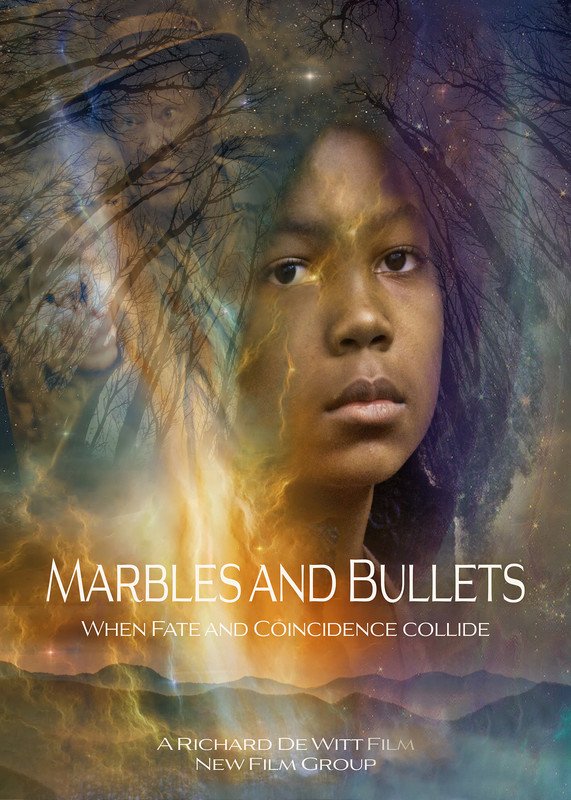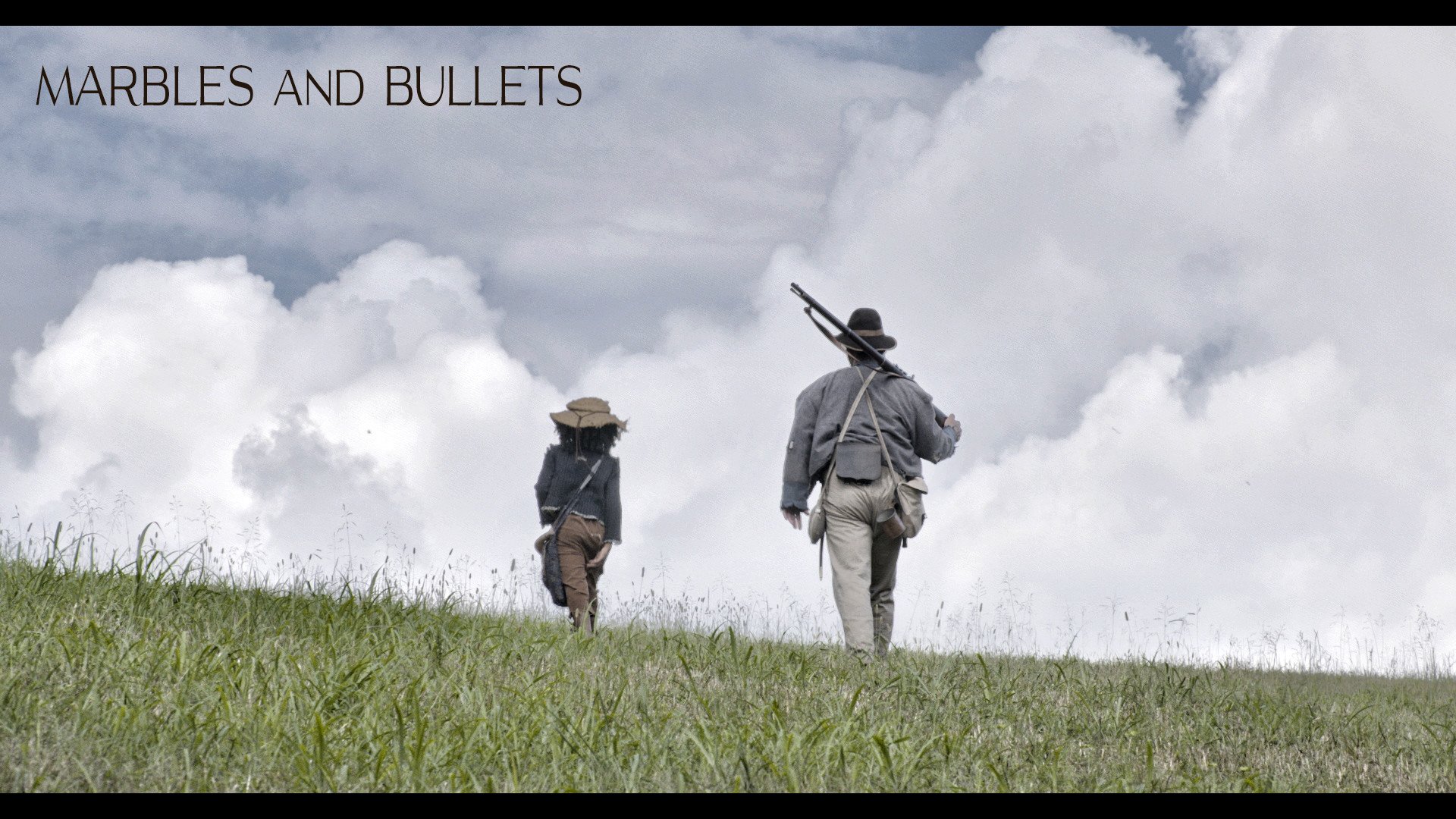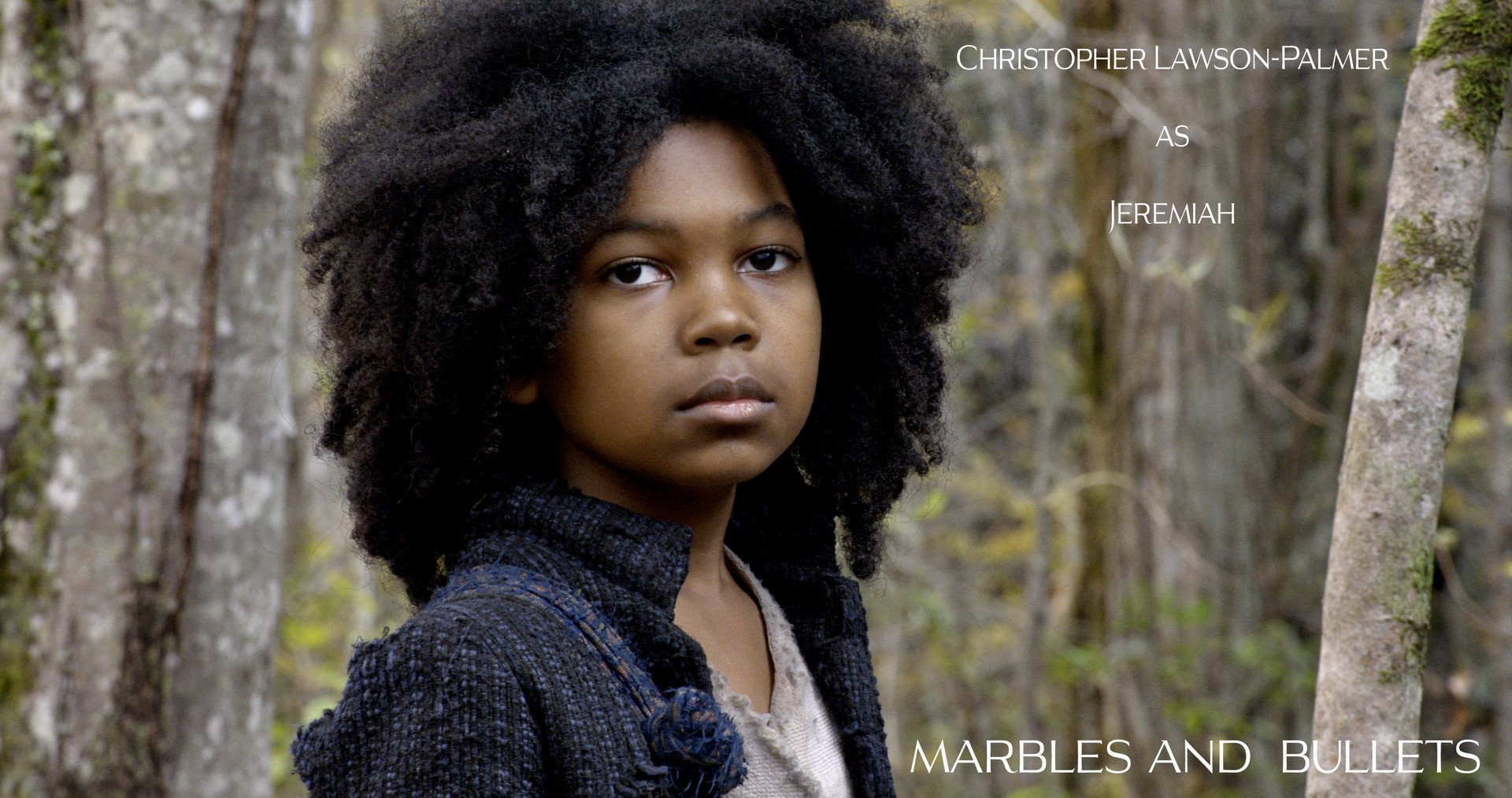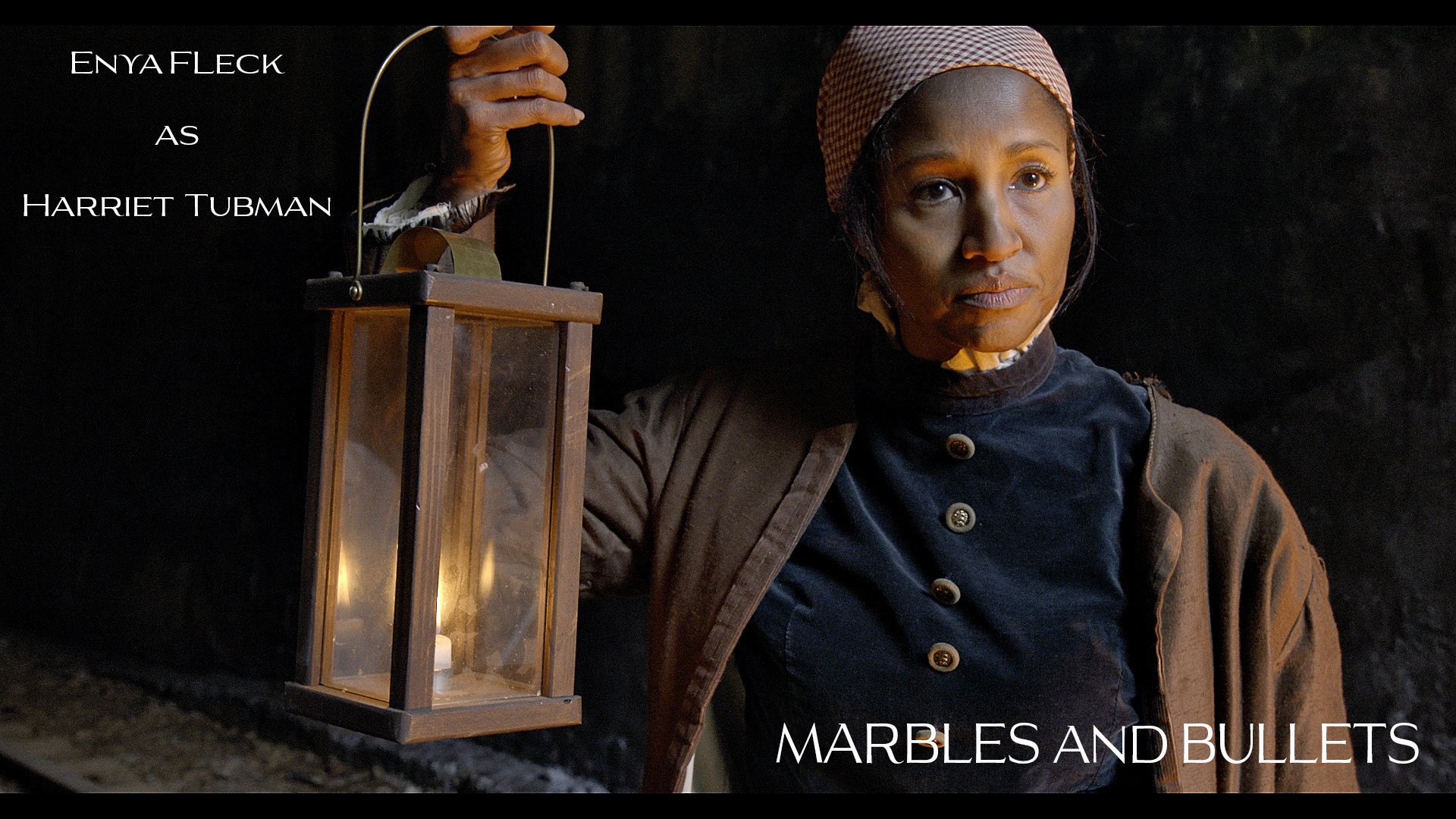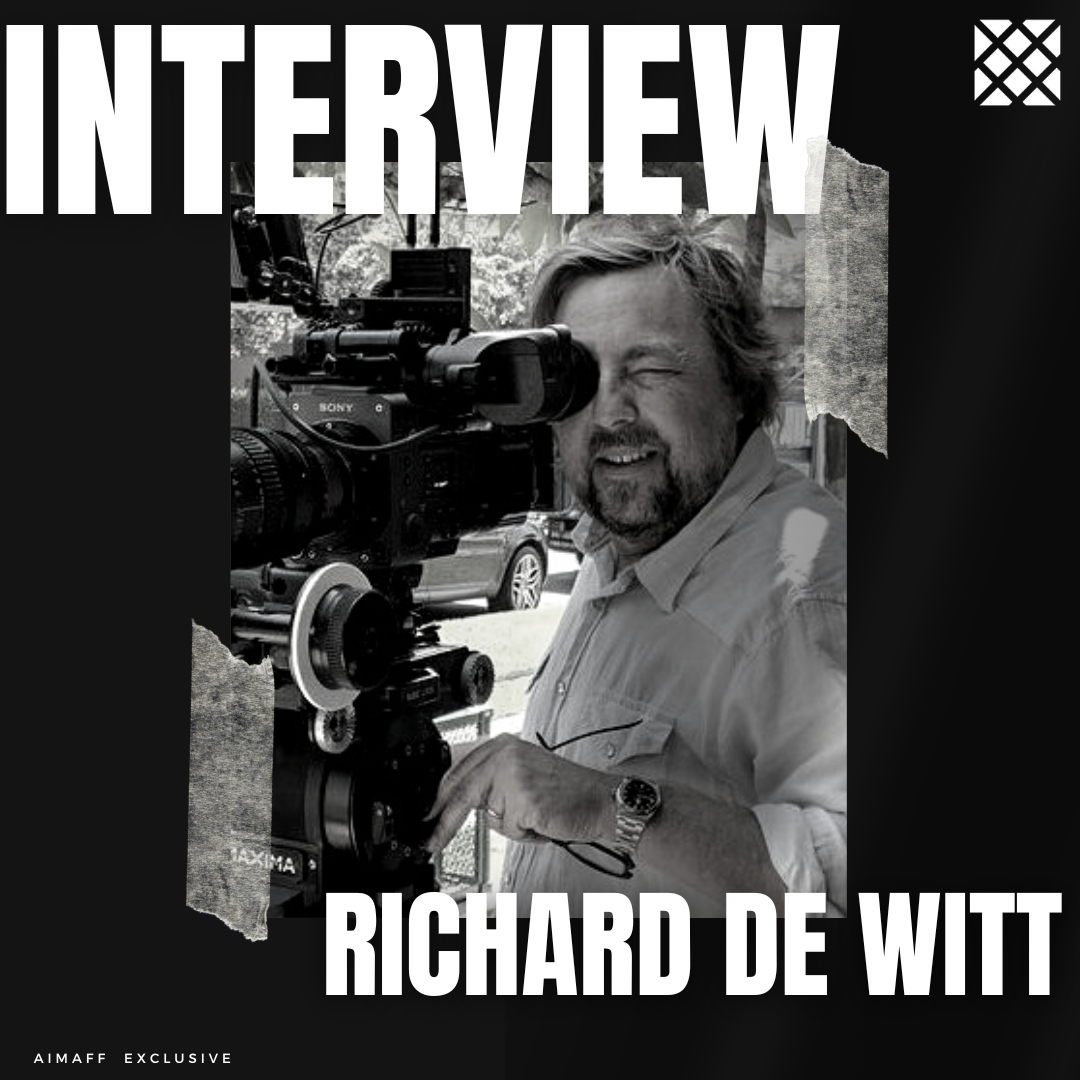Interview with film director Richard De Witt
Welcome Mr De Witt we are very excited to have you today and discuss about your work. Who is Richard De Witt and how did the passion for start ?
My name is Richard De Witt, and I'm a filmmaker. My love for storytelling began at an early age. My mother was a schoolteacher who I traveled with during summer breaks to experience different cultures around the world. I became fascinated with the diverse cultures I encountered, from the Mayans of Mexico to the Zulus’ in Africa, Rainforest tribes in Indonesia, and the Aborigines of Australia.
Later on, I spent much of my time with my grandparents, who were both adventurers in their own right. My grandfather had a life full of eccentric experiences, from being an aerial stunt choreographer for Howard Hughes’ motion picture Hells Angels to running a famous circus, to serving as fire chief for the City of Los Angeles.
Growing up in the beach culture of Hermosa Beach, California, I became a professional surfer after graduating high school and traveled for several years surfing in world competitions. Through these global experiences and my mother’s endless educational curiosity about our diverse world, I developed my own unique storytelling voice based on philosophically humanist, culturally empathetic, and globally conscious mythologies and ideas. Being consumed by our world's vast diversity led me to soon realize that the only art form that could truly reflect my life expressions was filmmaking. So at the age of twenty, I made my first surf movie.
Can you tell us about your previous work along with your impressive educational pathway on the subject?
I went on to study filmmaking at UCLA, then was privileged to work for producers, Robert Chartoff and Irwin Winkler for over four years. It was an amazing experience to be part of the script-to-screen process for films like Round Midnight, Rocky IV, Betrayed, Music Box, and Goodfellas, and to learn from some of the most revered European and American filmmakers such as Costa Gavras and Martin Scorsese.
Building on a great mentorship with Chartoff-Winkler and generating an in-depth understanding of European and American filmmaking, I knew that my passion for filmmaking was not yet fulfilled, so I decided to pursue a Master's degree in Cinematography at the American Film Institute (AFI). While there, I continued to develop my creative and practical production experience through such classic cinema icons as Vilmos Zsigmond, Conrad Hall, Martin Ritt, James L. Brooks, Sidney Pollack, John Baily, Edward Zwick, Robert Wise, Allen Daviau, Frederick Elmes, and Vittorio Storaro. After completing my time at AFI I was fortunate enough to do an internship with Academy Award-winning Director of Photography, Jack Green, on Clint Eastwood's film, The Rookie. From there, I made my own 16mm short film, Water and Power, which gained some recognition in the industry.
Since then, I have worked within the 16-35mm film industry and in the digital age, on various projects, including commercials, short films, documentaries, and independent feature films. Over the years my work has taken me all over the world, from exotic locations such as Burma and Indonesia to studio films like The Last Cigarette for Dreamworks SKG.
Recently, I was hired by a German film company to write my 11th screenplay, Ghost Warrior, based on Germany's most-sold book, Winnetou, originally written by Carl May in the 1800s. It's been an exciting journey, and I'm grateful for the opportunities I've had to work on such diverse and inspiring projects.
Through my international film experiences and creative collaboration with so many filmmakers, I also realized that I had many stories in me that compelled me to start writing screenplays. I have completed over a dozen feature-length and short screenplays and out of that library of work, Marbles and Bullets is the first of my original work to make it to the big screen which has taken over 20 years.
CONVERSATION ABOUT: Marbles and Bullets
Talk to us about your film? How was it created and what inspired it?
I made the movie Marbles and Bullets because I was inspired to create a timeless film that would reflect on the troubled past of the United States, especially in the aftermath of the 9/11 attacks. I wrote the screenplay in 2001 as a way to offer a glimmer of hope for the future of all humanity by exploring the relationship between an illiterate Confederate soldier and a literate slave boy during the American Civil War.
The story is meant to challenge audiences to rise above the dark side of humanity and the unrelenting history of racially challenged culture and politics, in order to offer a point of dialogue and conversation that starts from the point of view of universal love, humanity, listening, and understanding. We wanted to address important social issues, including racial justice and equality issues, the power of literacy, and the repercussions of U.S. history on today's politics and cultural challenges as a whole.
The stories woven together to create the film's plot are based on historical and fictionalized premises, using the philosophies and ideas of both black writers, contemporary authors, and iconic writers throughout time such as Tennesse WIlliams and Mark Twain. The entire film is a parable about the power of love and literacy, the relevance of humanity, as well as the history and role of human slavery. Marbles and Bullets is a classic, mythological odyssey filmed in the American deep south at the height of tensions, as the United States once again dangerously descended into a racially charged rhetoric of civil war.
But, through the power of understanding and friendship, our multiracial team created a beautiful piece of cinema in the face of hatred and ugliness. The film itself is groundbreaking in that it is the first pairing of the lead characters - a young black child actor and an adult white male actor on screen together. The film is meant to be a Mark Twain-type parable about the power of love, communication, and literacy, over violence and hatred. It is a journey narrative similar to Huckleberry Finn.
A lot of hidden symbolism can be seen in these metaphoric and Aesopic sequences. What are the overall symbolic themes of ''Marbles and Bullets''?
Being a classically trained filmmaker and having a love for unique character-driven stories and connecting them to a Joseph Campbell, mythology, Marbles and Bullets is a symbolic tapestry of the human experience. The marble is our fragile world in the palm of our hand and the bullet is the symbol of the destructive dark side of humanity. And where these two symbols collide is through the differences between the two main characters that are immersed in the dangers and glory of our natural world. A journey through all the elements of the real world, earth, wind, fire, water, trees, animals, and the spiritual world. All the sounds of nature are truly the call of the wild side of life on Earth. And, each bird is a mythological symbol for the two main characters. The crow represents the hardened soldier that must fly through the dark shadows of life and use its savage skills to survive and the robin is the spirit of the boy. A bird that American Indians believe is the stalwart, ethical guardian that will always help you find your way home. The themes of the secondary characters, music, spirituality, and the future all represent essential human connections that no matter how divided, we can somehow find a way to connect through the rhythms of life and our curiosities with the unknown. Why are we here, what is our purpose, what happens to us when we die?
What would you describe as your directing identity style? What can you tell us about the unique palette used at the cinematography department?
My directing identity is a fusion of Terrance Mallick and Akira Kurosawa. It is the esoteric and the reality of the frailty of the human experience. The conscious and the subconscious. A visual and symphonic dance with reality and the dream state. My constant goal is to use the camera, story, characters, and place as a transcendental bridge for the audience to emotionally connect with a cinematic reflection of life. The cinematography palette I chose for Marbles and Bullets is based on an ethereal world. The characters actually are ghosts of the spirit world so I designed them around pastel colors and a soft transparency look. I specifically used a very high-end camera the Sony Venice with mid-level lenses to avoid a hyper-focused, clinical look and feel to support the Civil War era story. Camera movement and placement were also designed to support the time and place. We avoided a lot of high-tech craning and flying and kept to a grounded, yet spiritual rhythm between the camera, characters, and locations to support the soul of the film.
Did you and your crew face any difficulties while on set? Were there any funny shenanigans?
Ultimately, making movies is a deeply difficult and challenging adventure. It is expensive, creative, technical, mechanical, rhythmic, emotional, fun, exciting, deceptive, instinctive, personal, and above all a collaborative experiment. From the very beginning of location scouting in 2017, the US was in the early stages of political upheaval, especially in the part of the United States where we needed to shoot the film - the South (Virginia, Tennessee, Georgia, Kentucky, and the Carolinas). Not only was my producer and I 3,000 miles from home, but we also had to find and secure period locations and assemble a very small, talented, and experienced cast and crew who not only looked the part but also shared a passion for the Civil War era. It was not only very difficult for us personally, but it was also a tense time in the U.S. in general, especially when our goal was to do our best to make a beautiful film about the bright side of humanity and change people’s hearts from hatred to love.
Not only was Marbles and Bullets produced at the tipping point of current-day political and cultural anarchy, violence, and even a pandemic, but it was also a rare independently financed period piece. Most independent films are contemporary human dramas, in which production challenges can be easily addressed. All-in-all, we were immersed in creative fun, from cast member illnesses to crew members almost falling over a waterfall, to driving to a different state to shoot the final scene, and the location was closed.
Even though all hell was breaking loose in American politics and culture while we filmed, and our post-production endured a global pandemic, we continue to stay true to our goal through hard work, focus, patience, communication, and understanding. We’ve pushed through the process and completed Marbles and Bullets to share with the world, and hopefully spill some love across the darkness that continues to threaten the light of life.
On the stranger side... The Cherokee Cave that we shot in for the final scenes was completely filled with mud and water from flooding and what you see of it in Marbles and Bullets is the last anyone will ever see, forever. It’s worth considering while you watch the film.
What is the target audience of your project?
Our audience really are people who are actively concerned and working in their lives on issues of human connection and the way we treat each other socially and globally. People who are actively seeking conversation and discussion about peace, justice, and understanding over hatred and anger as a means of dealing with each other's differences. For me, what's most important is that the audience emotionally connects with my films before understanding them. Movies have the power to move people in a way that few other art forms can, and I hope that Marbles and Bullets will leave a lasting impact on those who watch it regardless of how they came to it.
“Movies and dreams that never fade away”.
What is the message the audience should convey leaving the screening of your film?
All we can hope for from audiences is that in some way the flickering light of Marbles and Bullets will speak for itself and illuminate the beauty of cinema and reflect the joy of unexpected fantasy that fills the soul with the potential to find and live in harmony and humanity.
Any upcoming projects in the near future ?
As his life focus shifted to his family, Richard has worked with his business partner, public educator, and producer, Dr. Everardo Stanton, to develop My Dad’s Garage, a post-Sesame Street, STEM-oriented, educational children’s show; and The Fumppits, an animated comedy series, with legendary Hanna-Barbera studio head Bob Singer.
Our current New Film Group, LLC projects are Efil’, a pre-birth Fellini-esque journey through the womb; When Trees Fall, an environmental adventure or “The real Avatar,” based on Richard’s work with the last of the Indigenous tribes of rainforests of Indonesia; And Saveur, a refugee love story set on a Greek Island.
Also in the works are; 12:21 An Outlaw Odyssey, Silent Duel, Ghost Warrior (Series) Cashmere and Oleanders and the Accordion
That was the interview with our beloved creator Richard De Witt. Our community is rising everyday, new talented filmakers and screenwriters get onboard. Be sure to check the rest of our interviews and why not schedule one for yourself to promote your work. To publish an interview simply submit on the INTERVIEW OF YOUR FILM category on our Filmfreeway page.


